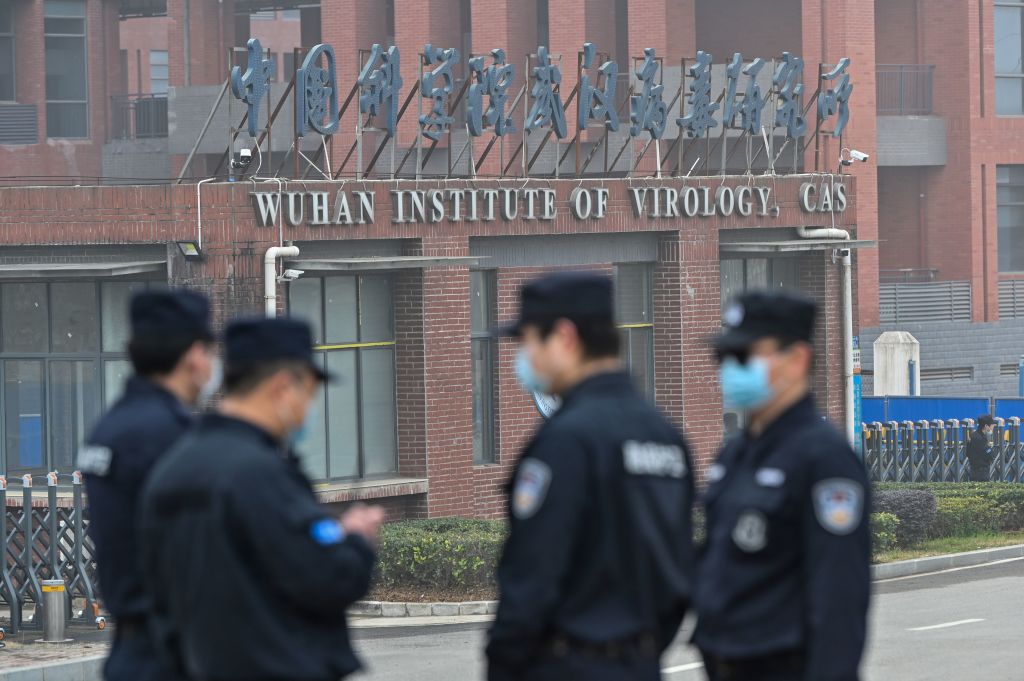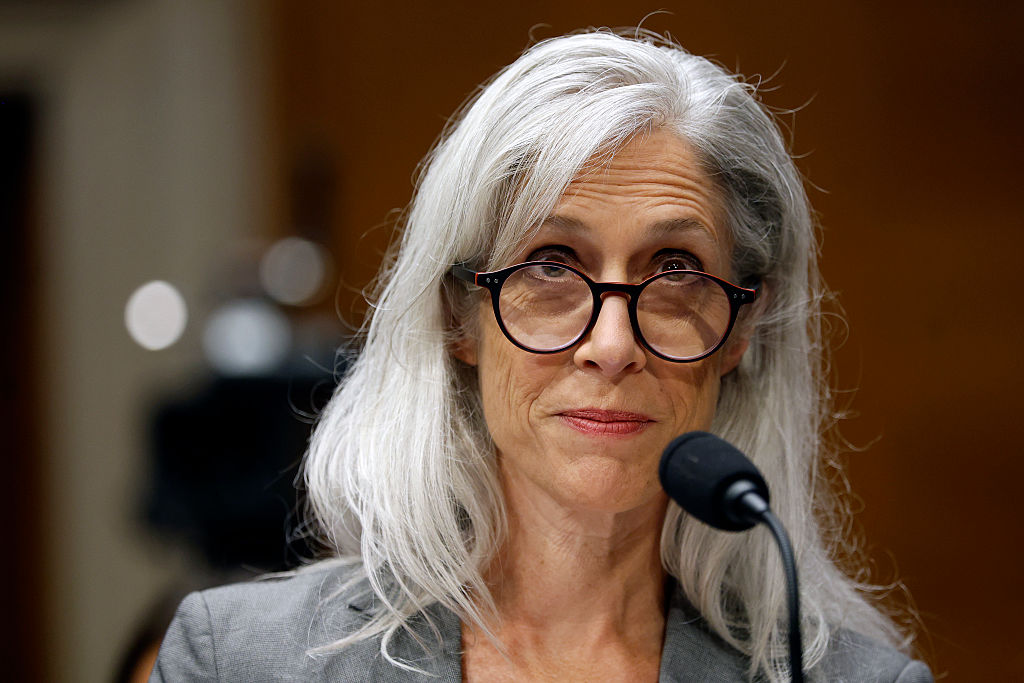The biggest shock amid the COVID-19 pandemic has been the discovery that the virus may have been released during an illegal collaboration on so-called ‘gain-of-function’ research between the US nonprofit EcoHealth Alliance and the Wuhan Institute of Virology. Recently revealed National Institutes of Health (NIH) documents show that American taxpayers directly subsidized this joint effort, despite a federal government ban on any experiment that might give pathogens the ability to leap species.
Even worse was that EcoHealth Alliance President Peter Daszak tried to shut down any debate on whether the coronavirus had been leaked from a lab by getting 27 prominent scientists to endorse a March 2020 letter to the medical journal the Lancet. Yet one crucial detail was omitted from the correspondence: 26 of his 27 co-signatories also had connections to China’s Wuhan Institute of Virology.
While the layperson might find it fantastic that so many researchers could have been engaged in such cynical and destructive behavior, this has become the reality of a scientific profession full of deception, rank self-seeking, and even political manipulation.
In 2005, Dr John Ioannidis, co-director of Stanford University’s Meta-Research Innovation Center, published a comprehensive report showing that much of what for passes for ‘settled science’ in medicine, biology, economics, education research, and the social sciences generally cannot, in fact, be replicated. In other words, by the ultimate test of scientific validity — the ability to get the same result for the same experiment — a lot of what academics have said over the years isn’t true.
In 2015, Science magazine tried to replicate the findings of 100 articles published in three prominent psychological journals and found that only 36 had the predicted results. One year later, the Federal Reserve did its own study, which could not reproduce most outcomes of prominent economics articles they had picked for review. Ioannidis himself now believes that up to half of the discoveries ever published in peer-reviewed social science and medical journals are wrong, an opinion he shares with National Association of Scholars (NAS) president Peter Wood. One terrible result, says Wood, is that many of the regulations, laws, and programs routinely passed by Congress on the basis of supposedly solid research have no real scientific justification.
Giving phony research a scientific veneer, it turns out, is not all that hard, according to David Randall and Christopher Welser, co-authors of the ‘The Irreproducibility Crisis of Modern Science: Causes, Consequences, and the Road to Reform.’ Typical methods include using unreliable statistical formulas, depending on sample sizes that are too small to be accurate, giving credence to small effects, and, most suspiciously of all, refusing to share one’s raw experimental data with colleagues.
To appreciate just how effectively such gimmickry can keep fooling the public, we need only refer to the 20th century’s best known and most influential scientific fraud, psychoanalysis. Building on the 1890s research of a Viennese doctor named Sigmund Freud, who claimed that emotionally disturbed patients experience symptom relief while sharing uncensored dreams and word associations, American doctors, therapists, and social scientists created an entire industry devoted to the interpretation of repressed desires, drives, and childhood fantasies. By the 1950s, the chair of psychiatry at every major US medical school was occupied by a psychoanalyst.
It was not until the 1990s — a full century after Freud — that the exploding cost of health insurance coverage for emotional problems finally led to a more rigorous examination of psychoanalysis. The research that followed showed that nearly every psychological complaint could be treated far more quickly, effectively, and economically without psychoanalysis, a technique which turned out to be little more helpful than doing nothing at all.
In fairness, it should be said that not all, or perhaps even most, fake science is due to outright lying. Hoping to succeed after years of hard work, a researcher can easily be tempted either to unconsciously bias an experimental outcome or to frame the results in an overly optimistic way.
Cancer researchers seem especially prone to embellishing their findings, which is why we are always reading about some ‘laboratory breakthrough’ that a year or two later does not amount to much. A 2016 report by Kaiser Health News lamented that so many marginal cancer therapies are often described in the press as ‘incredible,’ ‘game changing,’ ‘miraculous,’ ‘revolutionary,’ ‘transformative,’ ‘lifesaving,’ ‘groundbreaking’ or ‘a medical marvel.’
There also seems to be a strong psychological resistance among scientists and medical practitioners to challenging the thinking of their colleagues, no matter how outdated. As the Dartmouth Medical School documented in a series of controversial reports in the late 1980s, the best predictor of how any physician or medical researcher approaches some serious illness is local custom. In other words, he or she simply goes along with whatever similar professionals in the neighborhood are doing, regardless of how well or poorly regional health outcomes compare with other parts of the country.
And then there is the subtle but undeniable ideological pressure, which stems from the fact so much of modern scientific research is subsidized by left-leaning government bureaucrats and liberal foundations. This is not to suggest anything as blatantly corrupt as an explicit demand by funders that grant recipients reinforce certain political ideas. There is simply, as the late Irving Kristol first observed, a natural human tendency for public and private officials to support those academics whose findings confirm their own opinions, as well as a natural temptation for academics to tell their funders what they want to hear.
One result, well-documented for more than 25 years, is that any academic study that contradicts left-wing thinking has an especially difficult time getting the peer endorsements needed for publication. This is true even when the rejected paper is just as comprehensively researched as the more liberal papers commonly accepted by prestigious journals.
It is also not a coincide that attempts to prevent or disrupt academic symposia on how to improve research accuracy almost always seem to come from the left. Most recently, two graduate students set to speak at an Independent Institute conference on experimental irreproducibility were forced to withdraw out of concern for career sabotage by progressive colleagues, according to the organizers.
Between outright attempts to misrepresent scientific evidence, as seems to have been the case with the Wuhan-connected researchers, and the failure to compensate for more subtle biases, scientific corruption does not seem likely to end any time soon. For however prestigious their degrees, academics are no less susceptible to human weaknesses than anyone else. In the end, the closest we can ever get to a dependable truth lies somewhere between common sense and dogged double-checking.

























